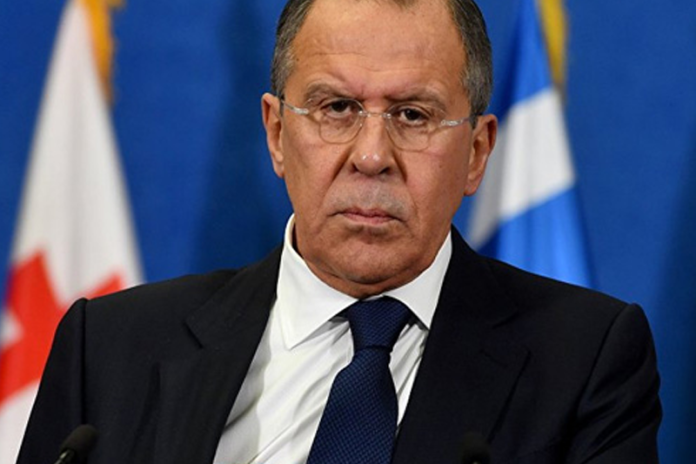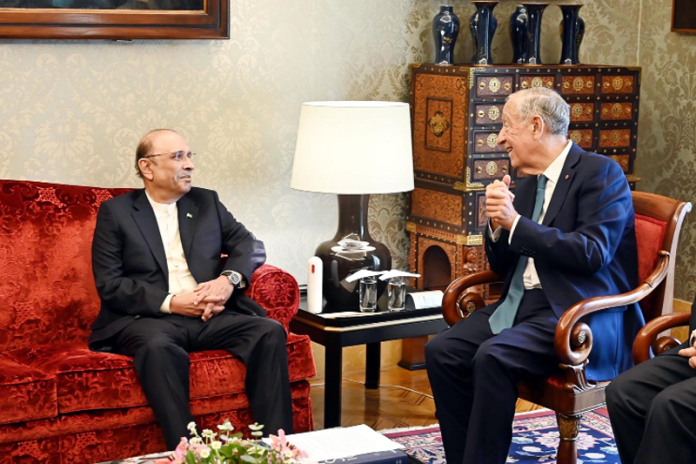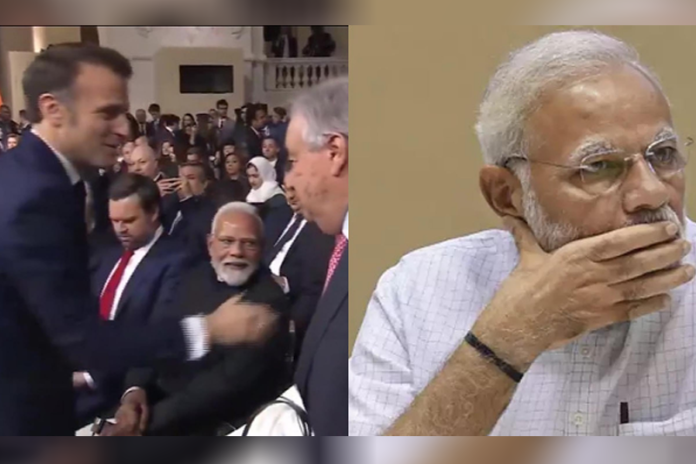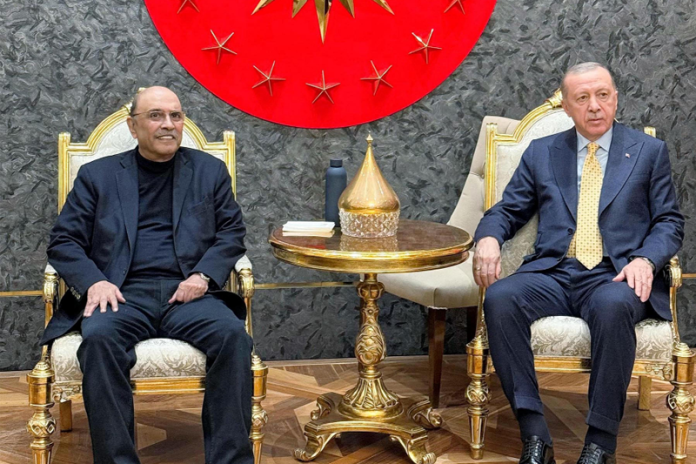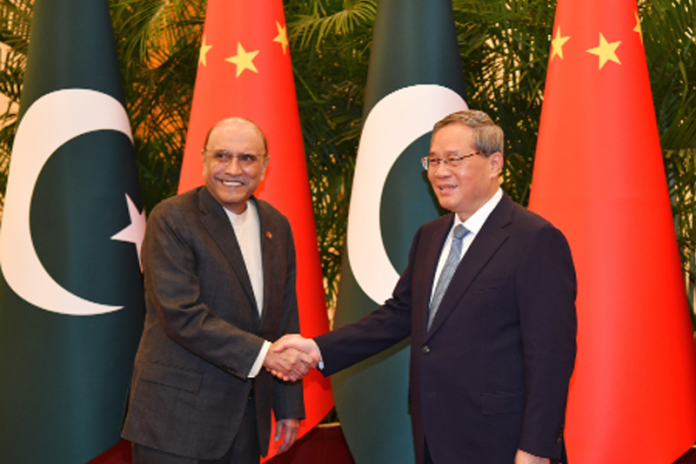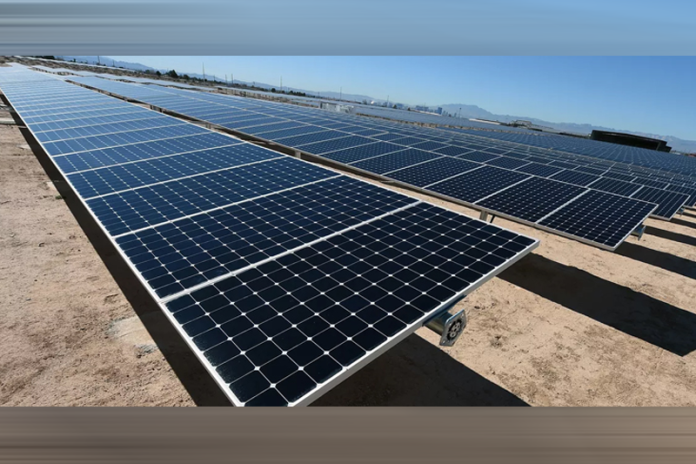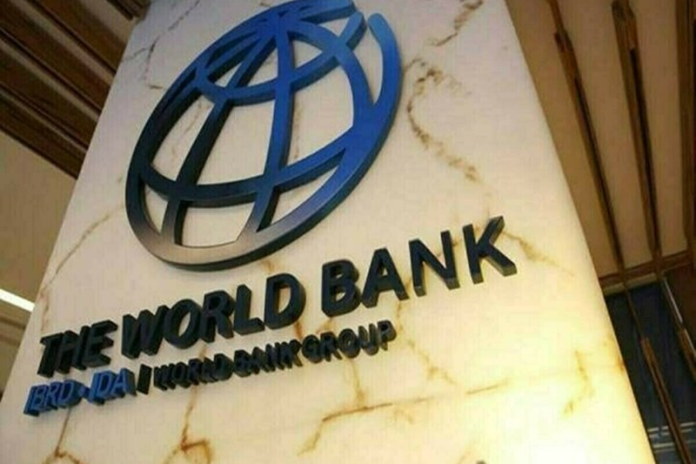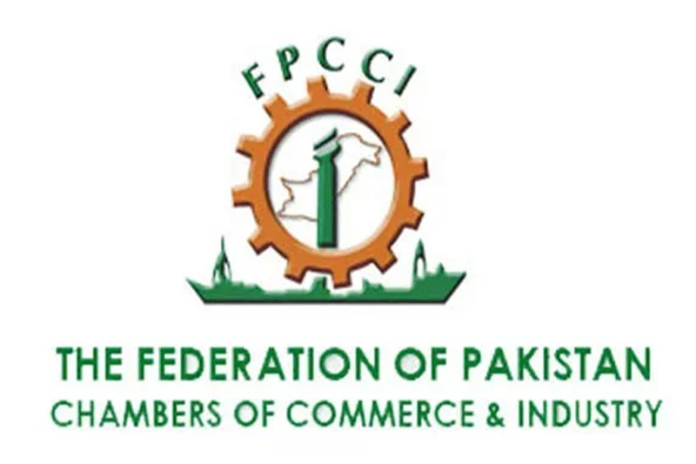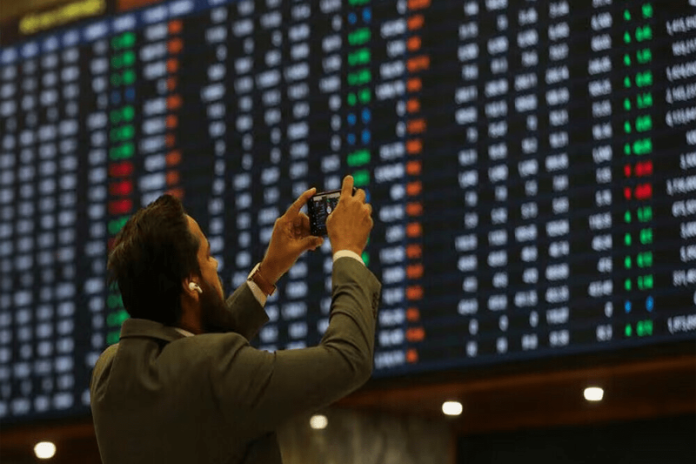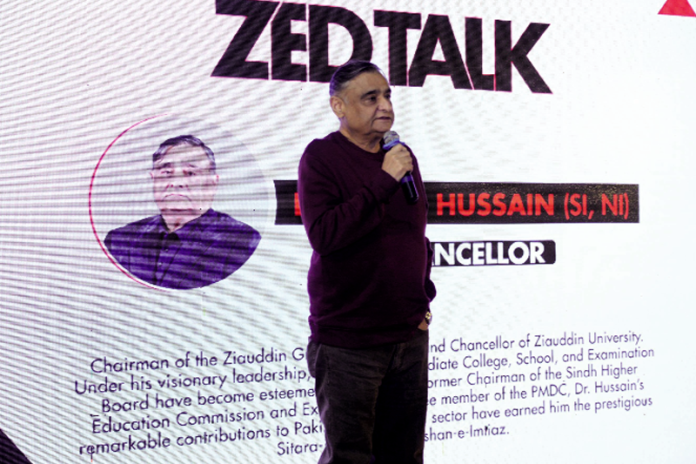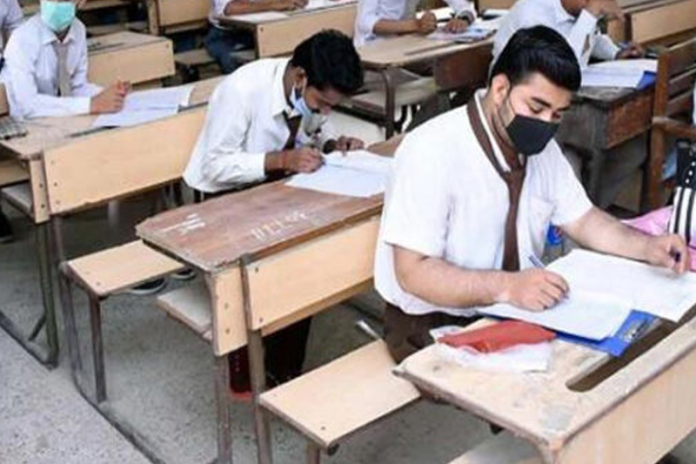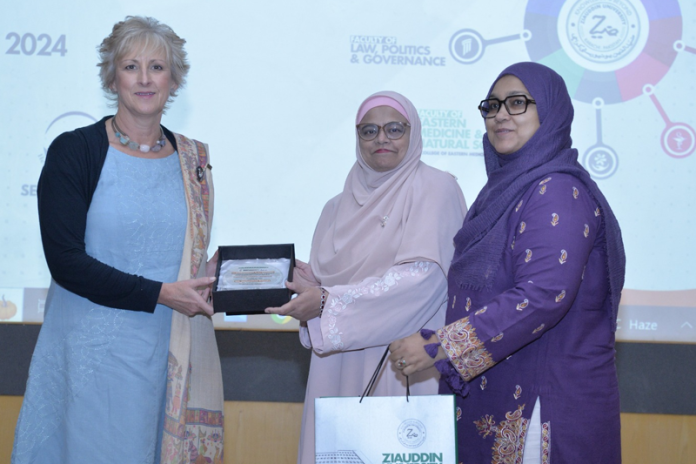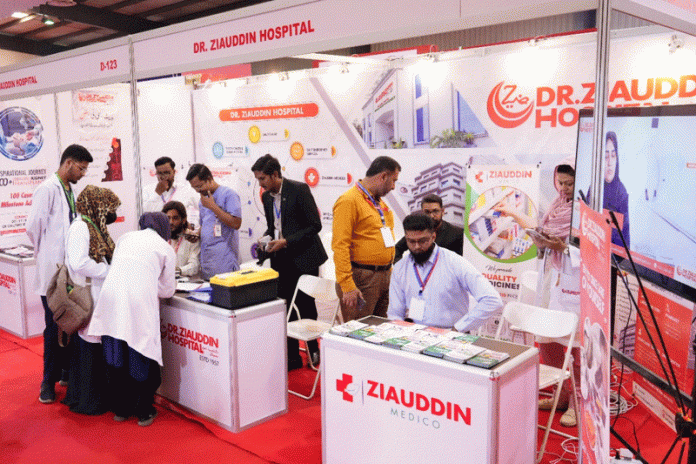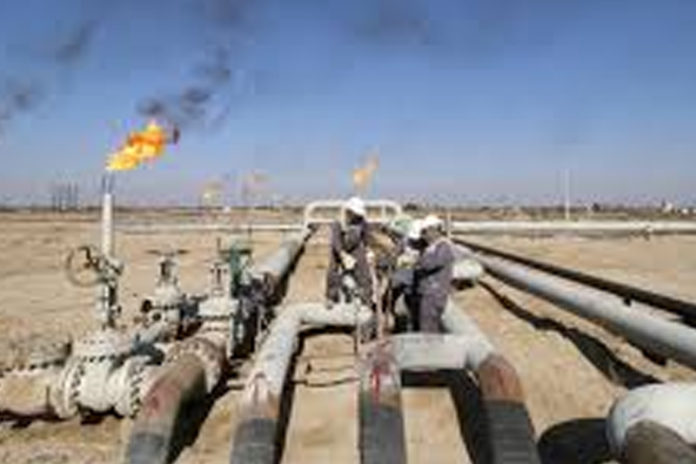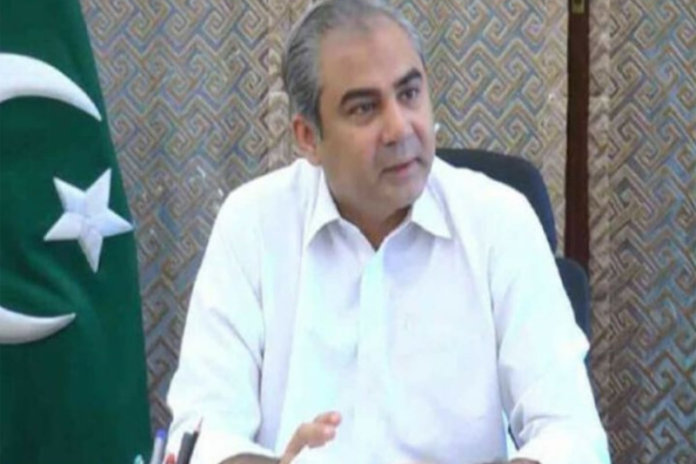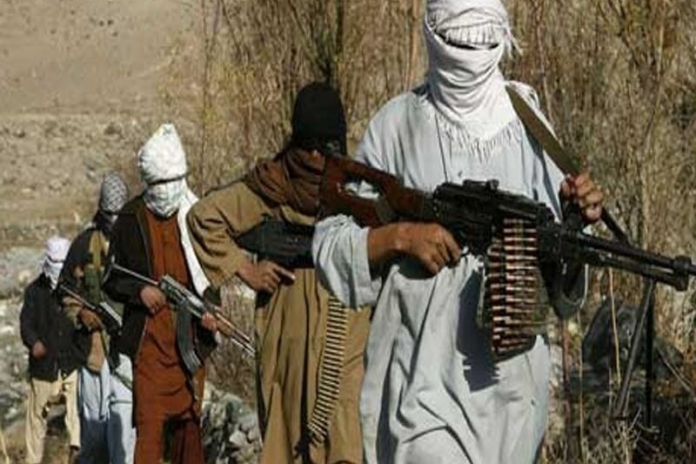Industrial revival: need of the hour

- 262
- 0
Pakistan's industrial sector has been struggling for the past few decades due to a number of factors, including economic decline, foreign investment, foreign exchange reserves, rupee depreciation against the dollar, petrol, electricity, gas prices, transport fares, etc. Inflation, expensive raw material imports and indiscriminate taxation are other factors that have crippled the export-intensive industry and increased unemployment.
There is a need to formulate a long-term industrial policy to advance the journey of economic development on a stable basis. In the recent past, instead of paying attention to this, the economy was "messed with" new issues. The results of industrial policy in the 1950s and 1960s were spectacular. By 1969, a World Bank study reported that Pakistan's manufactured exports were higher than Malaysia, Indonesia, Thailand, and the Philippines.
The share of the manufacturing sector in the GDP increased from 7.8% in 1949-50 to 26% in 1969-70. At the time of the establishment of Pakistan, few textiles were found in the country, then the boom of the industry began. The former Lyallpur (Faisalabad) had become the Manchester of Pakistan. Now the situation is in such a way that 50% of the textile mills in the country are closed.
In a country that wants to develop in the economic field, it cannot happen that the industry does not get gas in winter and there is loadshedding of electricity for many hours in summer.
The Federal Government's Assurance
The federal government has assured to activate the closed industry in one month, to continue the industrial support package and to pay the refund. This is a welcome step, but it is important to ensure that these promises are kept.
The Caretaker Minister of Commerce and Industry's Vision
The caretaker Minister of Commerce and Industry, Dr. Gohar Ejaz, has given a very welcome and promising talk in this regard. He said that 80 billion dollars are needed to run the country and we will complete the strategic program to increase the country's exports to 80 billion dollars in 90 days’ time frame through reforms. Industry does not need subsidy, continuous supply of energy can improve the production process.
Dr. Gohar Ejaz himself is also an industrialist and he has been given the responsibility of this sector in the caretaker government, so his expression of this belief cannot be called baseless.
The Need for a Comprehensive Strategy
The industrial revival is need of the hour and for that the GOvt should come with both short term and long term policies. The textile industry needs special package as textiles are the backbone of our economy and it is the main foreign exchange winning industry which also provides most jobs to the people across the country. The crisis of cotton raw material has also affected the textile industry along with the issues of inflation, rupees depreciation and increasing cost of doing businesses and all issues need to be take care of. Without a comprehensive strategy, no success is possible.
Conclusion
The federal government should take all necessary steps to revive the industrial sector, including the textile industry. This will help to create jobs, boost the economy, and reduce the country's reliance on imports.
Published in The Daily National Courier, September, 23 2023
Like Business on Facebook, follow @DailyNCourier on Twitter to stay informed and join in the conversation.








